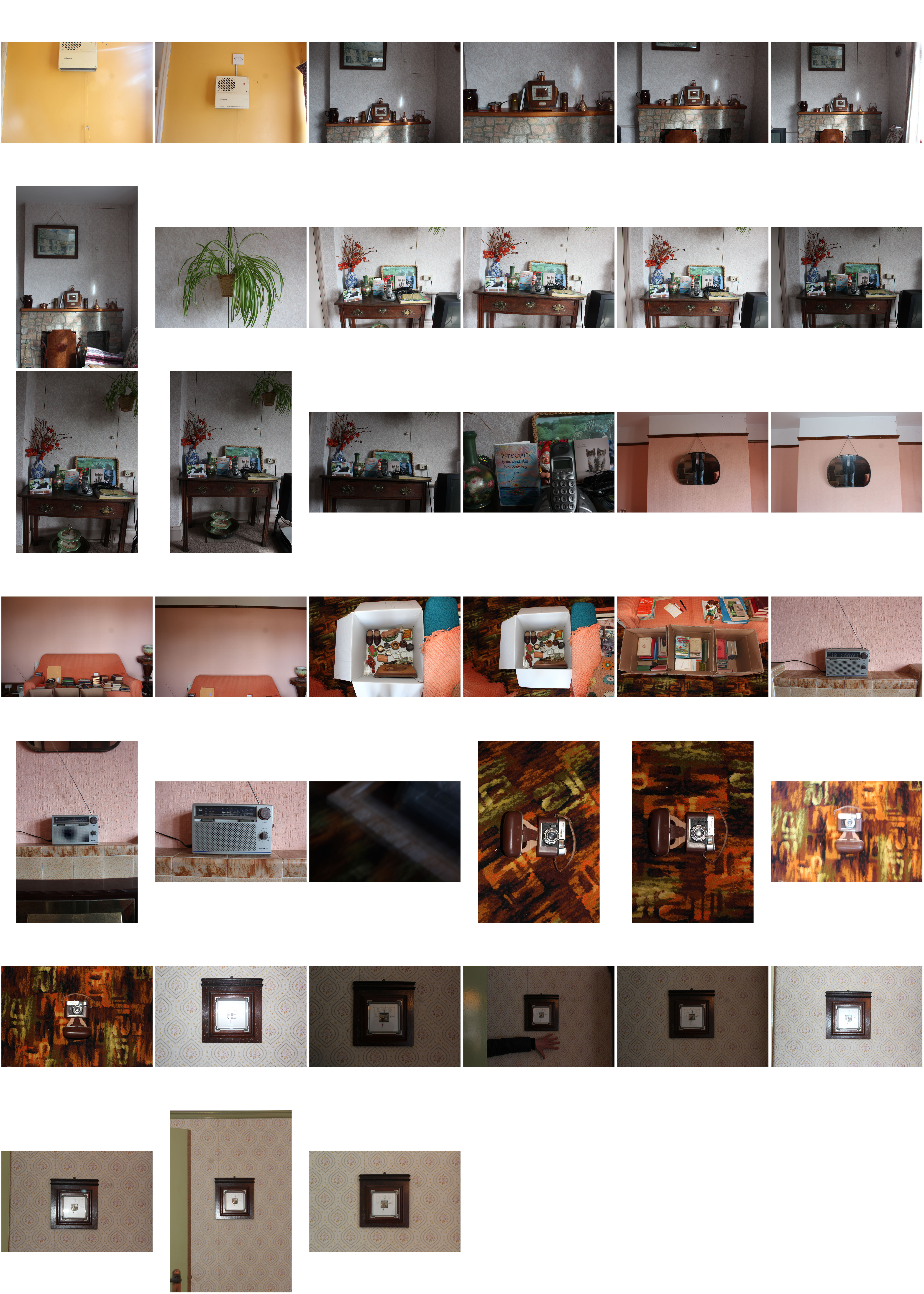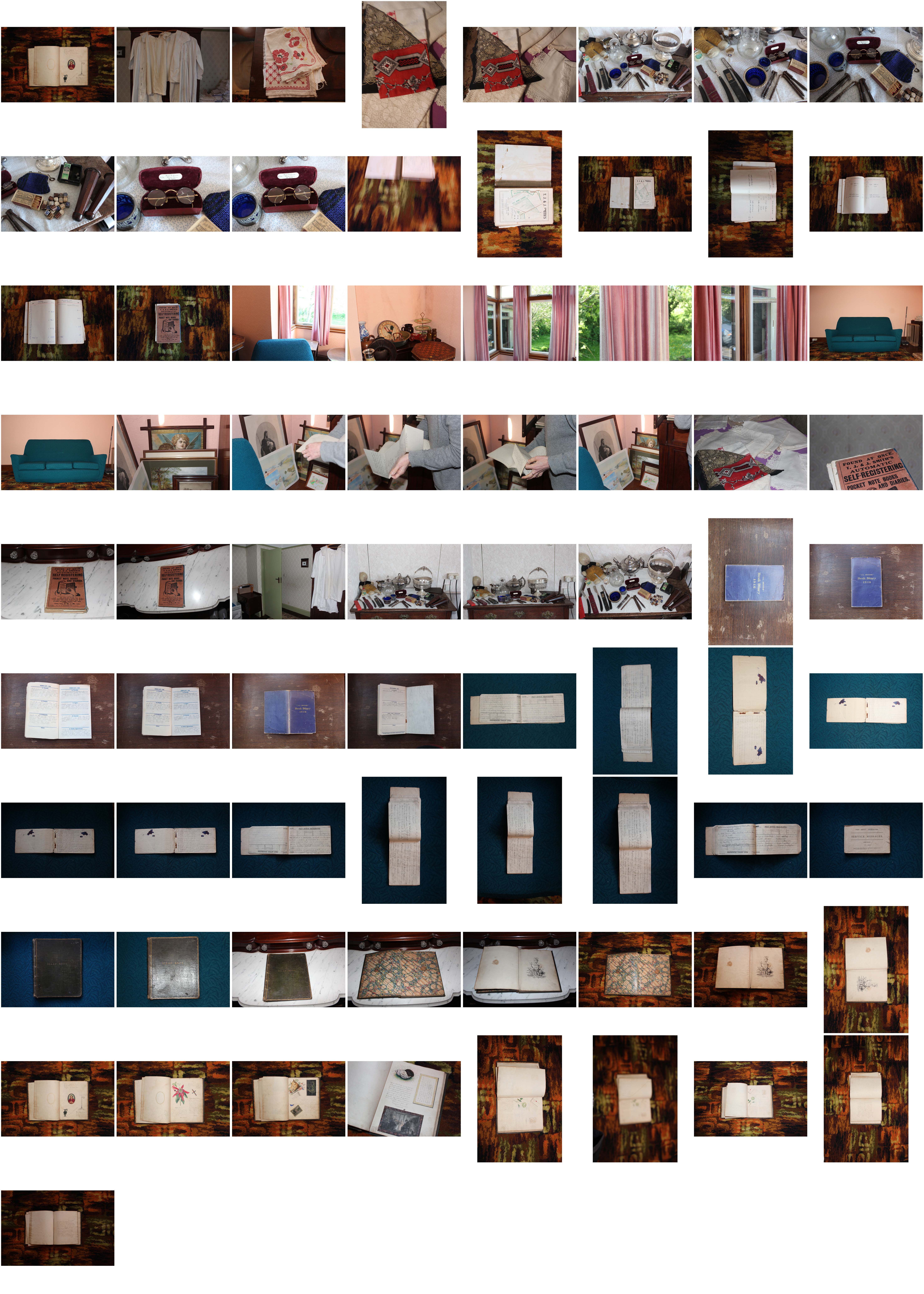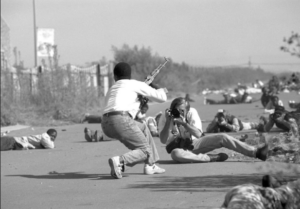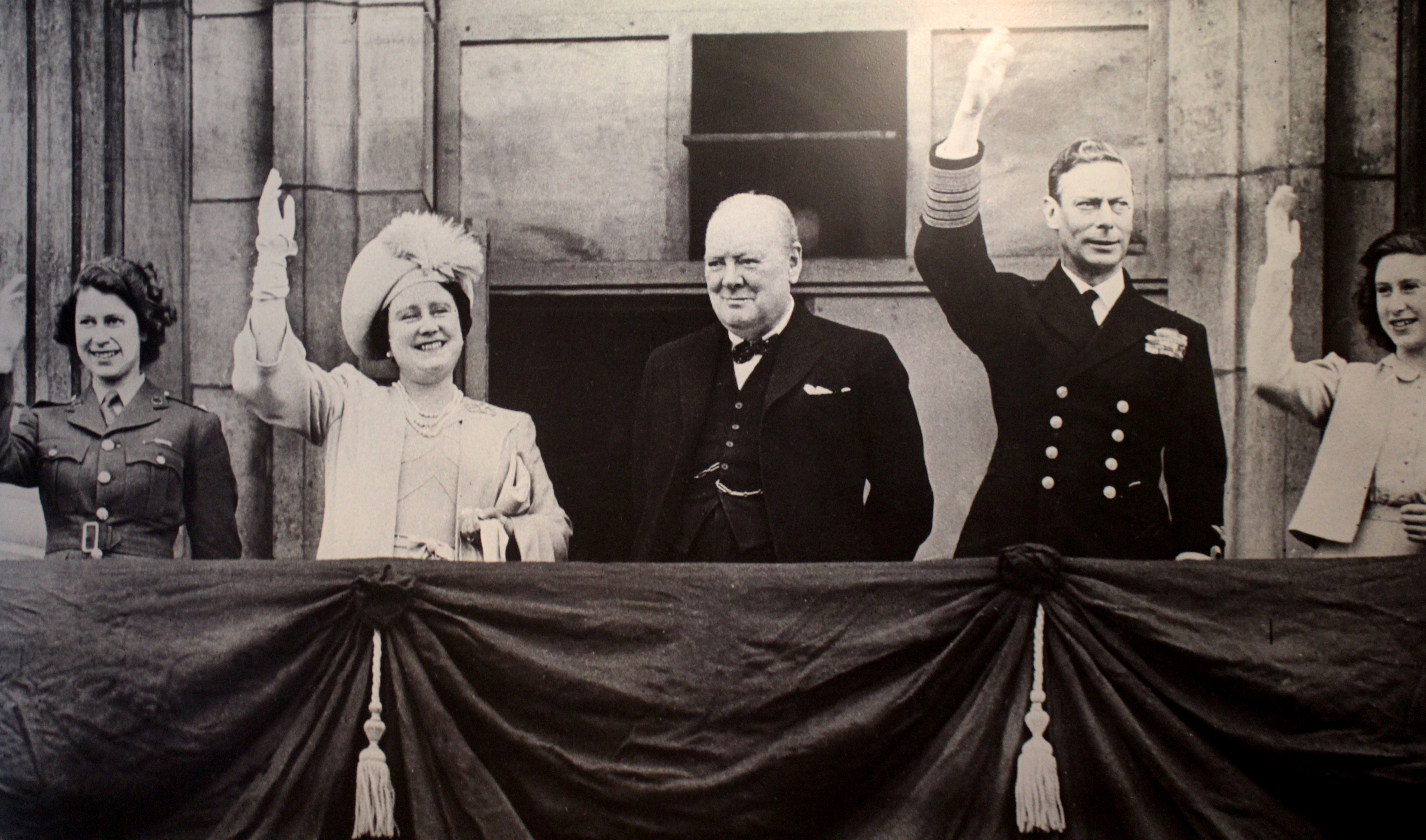

Emmanuel Tecles is a French self-taught photographer who has a taste for mysterious, enigmatic and dark atmospheres. Tecles looks at exploration and takes inspiration from the author Tim Burton. The exploration photography that Tecles does brings to the foreground aesthetic contrasts, shadows and their opposites. Tecles says that he has always been attracted by notions of traces, memories and it is by pushing doors of abandoned buildings that he discovered nostalgic atmospheres. The places that Tecles photographs link to history and architecture. The inspiration that I will take from Tecles work is the idea to look as exploration and the lost secrets that exploration can reveal, such as forgotten buildings/land.
My Favourite Photograph

In this photograph it appears that Tecles used natural light from the derelict building in order to cast light upon the destroyed subject. This creates an unusual environment as there is plenty of light which has friendly connotations but it is shone upon a ruined building which has connotations with being unfriendly. A shutter speed of 1/30-1/60 will have been used to capture this photograph along with an ISO of 100-200, by using these settings it allowed Tecles to capture a high resolution image with minimum grain whilst allowing plenty of light to enter the lens.
There are lots of earthly tones being used in this photograph which reflects the idea that the building is slowly being reclaimed by nature and the land is being returned to its original state. There is quite a wide tonal range in this photograph which creates contrast between the lights and darks and nature and urban. There is a 3D effect to this photograph due to the positioning of the furniture and the use of light in the background.
This photograph is one of the many photographs in which Tecles looks at destruction of urban environments, exploration and architecture. Tecles will often look at creating nostalgic scenes from these abandoned buildings which creates an aesthetically pleasing but strange photograph as he attempts to bring the history that was once the architecture in the photograph into it. Tecles also hints at natural reclamation of land by nature as the photograph shows the building falling apart and the natural light eventually leaking into the room.





























